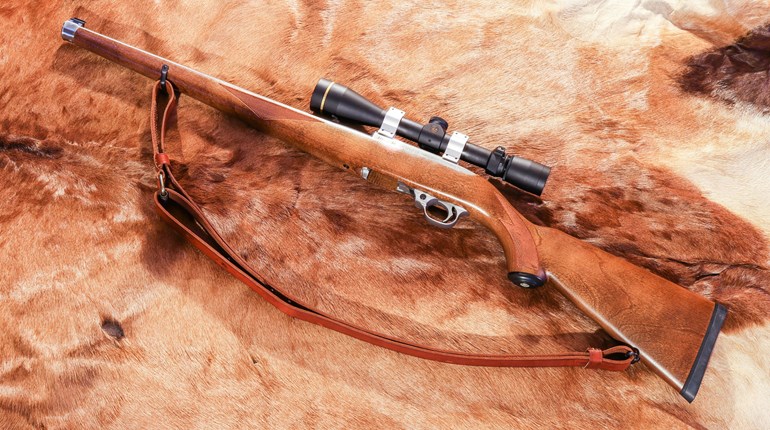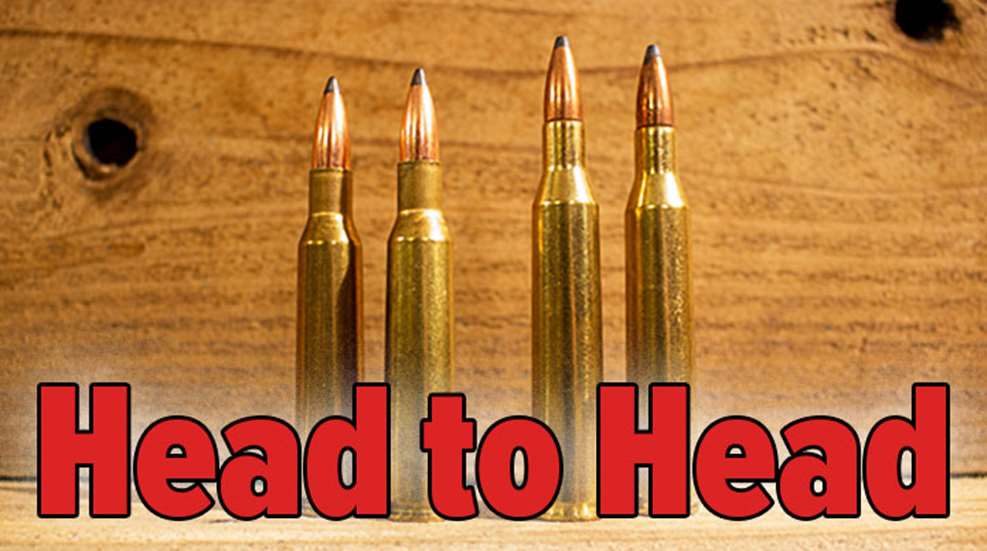
If any one company had a natural talent for recognizing a wildcat cartridge worthy of being made legitimate, it is Remington. Whether we’re talking about the .22-250, the 7mm-08, or the .35 Whelen, Remington has used its power to bring some of the greatest designs ever to the shooting masses. No discussion about Remington’s efforts would be complete without discussing two of our finest quarter-bore cartridges which happen to have graduated from Remington Finishing School: the .257 Roberts and the .25-06 Remington.
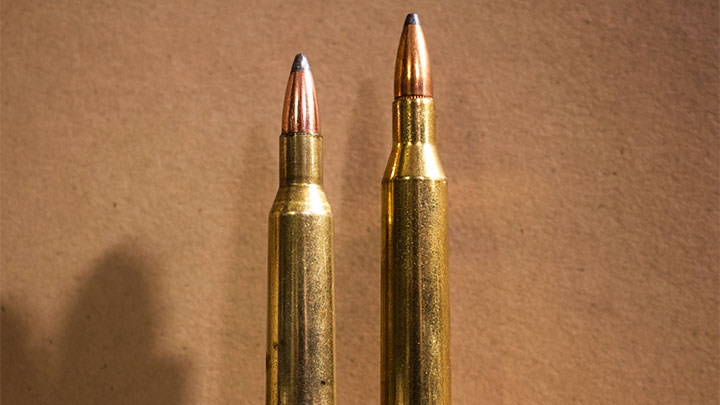
Americans like .25-caliber cartridges, irrespective of the era in which they were introduced. The rimmed .25-20 and .25-35 which Winchester brought to the table in the mid-1890s were both a success, and the .250 Savage was an absolute speed demon for its time. Roy Weatherby’s .257 Weatherby Magnum was among his personal favorite designs—not to mention the rabid following it has to this day. As a bore diameter, the .25s sit in a unique position, as they are generally considered on the heavy side for predator and varmint work; the .17s, .22s and 6mms fill that role perfectly. The .25s are also considered too light to fulfill the role of an all-around cartridge; they simply lack the bullet weight to handle the larger species like moose, bears and bison. But they are one of the best deer cartridges a hunter could ask for, as they have enough bullet weight to get the job done and are easy enough on the shoulder to allow for precise shot placement.
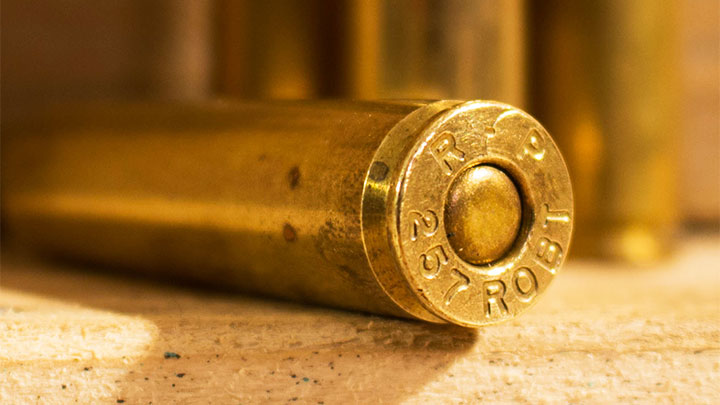
Looking at the lineup of .25-caliber cartridges, the .257 Roberts and .25-06 Remington sit in a very good position, as their velocities aren’t so anemic as to be considered short range choices like the .25-20 and .25-35 are, yet they aren’t so hot as to quickly erode throats. The .257 Roberts is the older and slower of the two, so let’s look at that first.
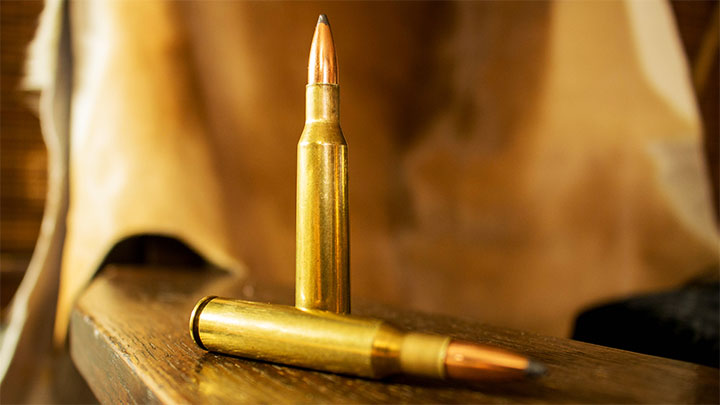
Peter Paul Mauser’s 7x57mm cartridge turned the shooting world on its ear, and would go on to influence a good many cartridges, including our own beloved .30-06 Springfield. A surplus of strong and well-designed Mauser actions saw the wildcatters using the 7x57 case as the basis for their experiments. Among the experimenters was Mr. Ned Roberts, who necked the 7x57 case down to hold .257-inch-diameter bullets in the 1920s. While the Roberts design would vary slightly from the cartridge we all know, Remington decided that Ned’s concept was so sound that they released their own version in 1934, and paid homage by naming the cartridge the .257 Roberts. Maintaining the same case length as its father (at 2.235 inches) and the same 20-degree 45-minute shoulder to properly headspace the rimless design, the .257 Roberts fits very neatly into any magazine designed for the 7x57 Mauser.
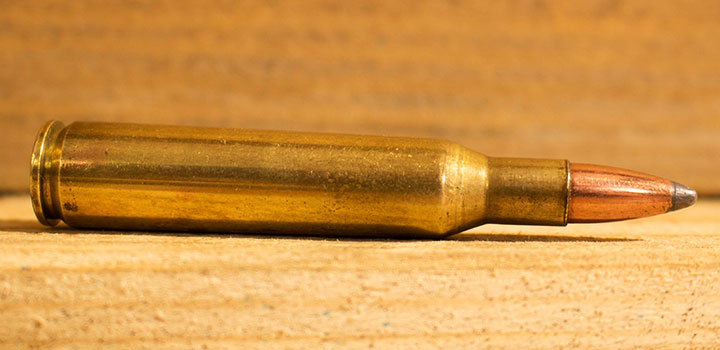
In the velocity department, the .257 Roberts is really two different cartridges. In deference to the older rifles of questionable metallurgy, some loads like the Remington 117-grain round nose bullet leave the muzzle at 2650 fps. Yet, with modern rifles which can handle the +P loads in mind, Hornady’s 117-grain SST in the Superformance line will be cruising at 2945 fps. I’m all about the nostalgia of classic cartridges, but that’s a considerable difference, and I’m the first to say that I prefer the .257 Roberts in its +P guise.
Looking at the younger cartridge, the .25-06 Remington is nothing more than the .30-06 Springfield case necked down. Where the .270 Winchester and .280 Remington both share the longer .30-03 case length, the .25-’06 has the 2.494-inch case of the .30-’06. It, too, has the same shoulder as its parent—in this case 17½ degrees—and cases are easily made from .30-06 brass. Remington made an honest cartridge out of the wildcat in 1969, though it first saw the light of day in 1912. I can only suppose they were waiting for the proper powders to come along which would wring out the velocity potential out of the speedy .25-06.
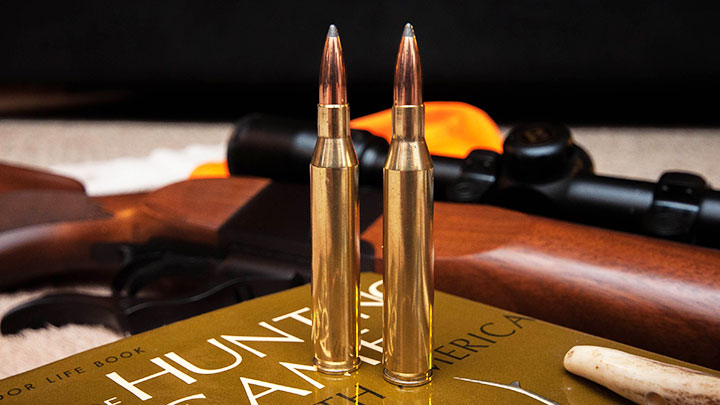
If you consider the modern ammunition, and comparing apples to apples, the 117-grain Hornady .25-06 Superformance load leaves the muzzle at 3110 fps; you can expect a 150 fps or so velocity advantage over the .257 Roberts, even when looking at the +P loadings for the Bob. The cartridge is well-balanced, giving excellent accuracy and trajectory, without pounding the shooter’s shoulder. And most importantly in our current environment, there are a good number of factory ammunition choices for the owner of the .25-06, though it seems the bare shelves haven’t spared the .25-06 anymore than any other cartridge. The .25-06 Remington sits perfectly in a long-action receiver—its parent defined the action length—and I’ve never had a feeding issue in any rifle.
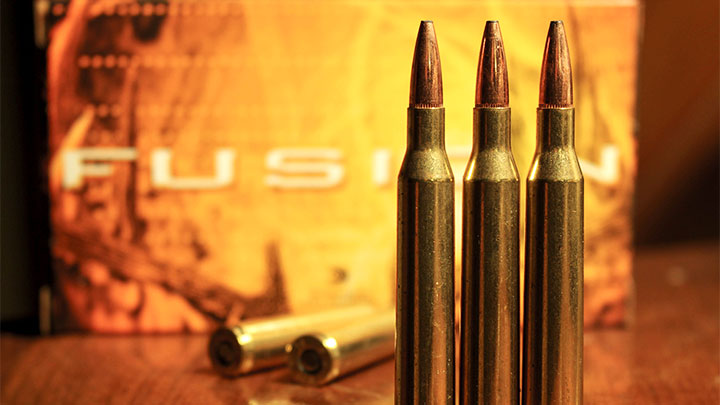
Comparing the two, we’ve shown that the velocity advantage goes to the larger .25-06, but at hunting ranges, what exactly does that difference mean? Using Federal’s offerings for the two cartridges, with both using the 110-grain Nosler AccuBond, the .25-06 leaves the barrel at 3100 fps, and the .257 Roberts at 3000 fps. With both cartridges zeroed at 200 yards, the trajectories stay within three inches of one another out to 500 yards, with the .25-06 hitting 37.7 inches low, and the Bob hitting 40.6 inches low. At 500 yards, the .25-06 Remington retains 1,024 ft.-lbs. and the Roberts 947 ft.-lbs. If we adhere to that old “1,000 ft.-lbs. for deer” rule—and I’m really not sure where the heck that rule came from—then I’d say that even the Roberts is close enough to get the job done. I’ll also be the first to admit that 500 yards is too far for me, personally, and I’d much rather get a bit closer if possible.
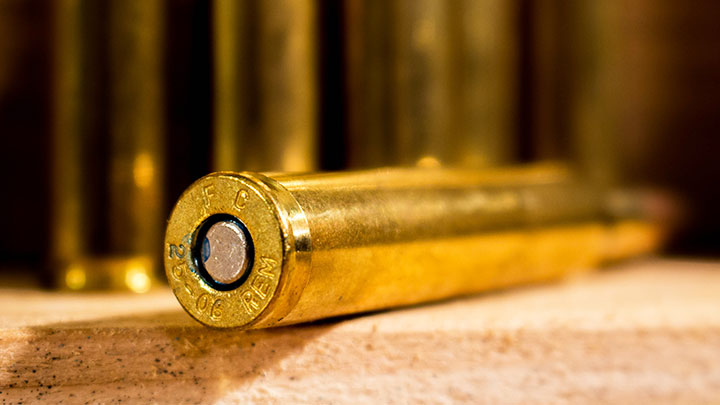
If we pressed the issue of case capacity—through diligent handloading—the .25-06 Remington will open the velocity gap even wider, so if velocity is paramount the larger case is what you should look to. Couple that with the much wider selection of factory ammunition, and I’ll have to give the edge to the .25-06 Remington, though I’m also going to say that for 95 percent of most hunting situations, no game animal would ever be able to tell the difference between bullets launches from the pair. Speaking truthfully, I firmly believe all deer and antelope hate the two cartridges equally. Having a .25-06 for big game species smaller than elk is a sound choice, but if you are a handloader who can keep yourself in a healthy supply of Roberts ammunition, there’s no reason to turn down the purchase of a rifle chambered for the .257 Roberts. While I love the classic designs and the nostalgic tie to Ned Roberts, the .25-06 Remington has won the popularity contest; though the .257 Roberts remains my favorite of the quarter-bores.














